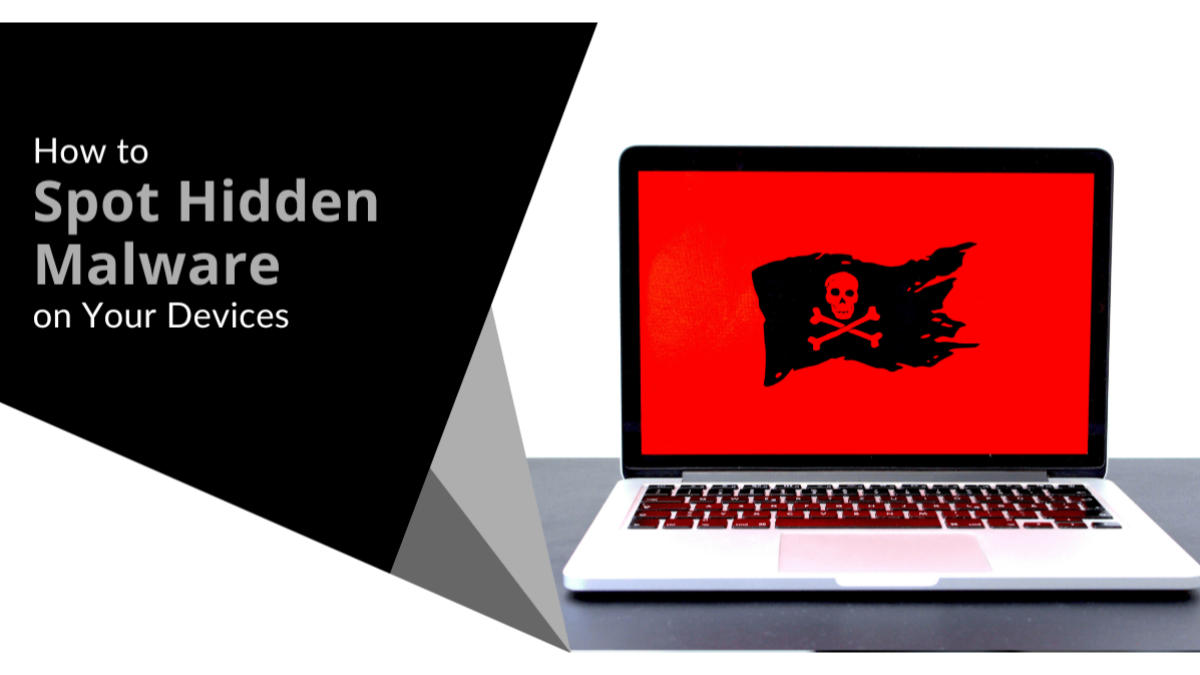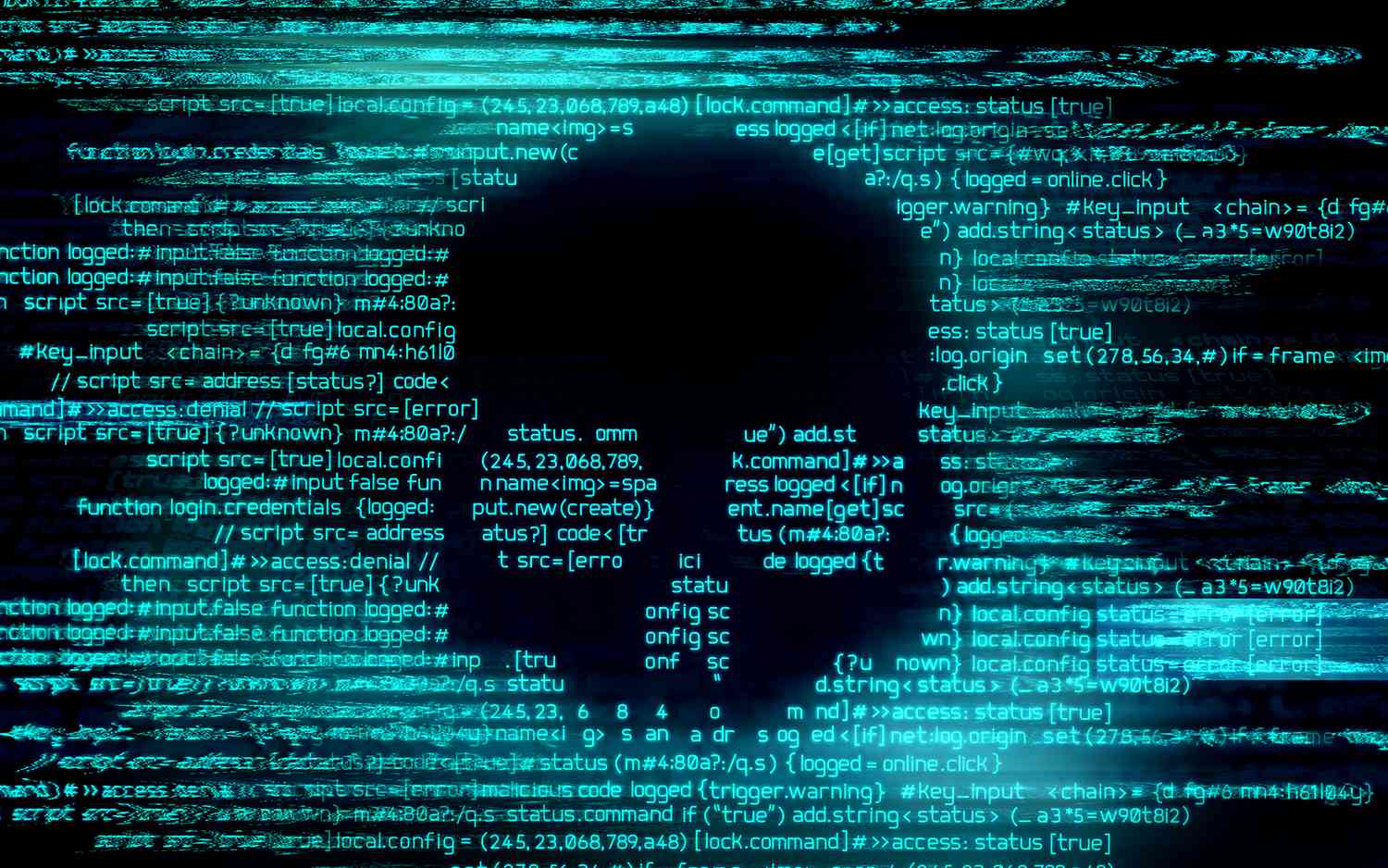How to Spot Hidden Malware on Your Devices
Malware doesn’t always trigger alarms. The most dangerous types often slip under the radar—quietly stealing data, draining performance, or creating backdoors into your network. For Chicago businesses, hidden malware is more than an inconvenience—it’s a liability.
At Black Diamond Solutions, we help organizations uncover cyber threats early and take action before damage is done. As a value-added reseller (VAR) and cybersecurity provider based in Chicago, we offer tools, strategy, and support to secure your endpoints and infrastructure.
What Is Malware?
Malware—short for malicious software—is code designed to infiltrate, spy on, or damage your systems. It comes in many forms:
- Viruses: Attach to files or programs and spread when executed.
- Trojans: Disguise themselves as legitimate apps to gain access.
- Spyware: Collects user data without consent.
- Ransomware: Encrypts files and demands payment for release.
Some malware operates quietly for weeks or months, which makes early detection critical.
Common Ways Malware Hides
Attackers design malware to blend in and avoid detection. It may:
- Masquerade as legitimate software
- Hide in background processes
- Delay activation until specific conditions are met
- Use encryption or obfuscation to avoid detection by antivirus tools
How to Spot Hidden Malware
If your device is acting up, don’t ignore the signs. Here’s what to watch for:
- Slow performance: Malware consumes memory and CPU resources.
- Unfamiliar programs or processes: Apps you don’t recognize may be running silently.
- Unexpected pop-ups or browser redirects: Classic sign of spyware or adware infections.
- High data usage or battery drain: Especially on mobile devices.
How to Check Your Devices
Use these steps to detect potential malware:
- Run a malware scan: Use trusted antivirus or endpoint protection software.
- Review installed programs: Look for unfamiliar or suspicious apps.
- Check your Task Manager or Activity Monitor: High CPU or memory usage could point to hidden malware.
- Monitor network traffic: Unusual spikes in outbound connections are a red flag.
What to Do If You Find Malware
If you discover signs of an infection, act fast:
- Disconnect from the network to prevent spreading.
- Update your antivirus software and run a full system scan.
- Remove the threat using your endpoint protection tool.
- Change all passwords and check for compromised accounts.
- Restore from backups if any files were deleted or locked.
How to Prevent Future Infections
Strong cybersecurity doesn’t end with antivirus software. Here’s how Black Diamond Solutions helps our clients reduce digital risk:
- Patch management and system updates
- Advanced endpoint detection and response (EDR)
- Security awareness training for your staff
- Dark web monitoring and alerting
- Disaster recovery and secure backup strategies
Work with a Chicago Cybersecurity Partner You Can Trust
As a trusted Chicago-based VAR, Black Diamond Solutions helps local businesses stay ahead of hidden threats like malware. We combine cutting-edge cybersecurity tools with personalized support to help your team stay protected, compliant, and confident.
Contact us today to schedule a vulnerability assessment or speak with a cybersecurity specialist.






